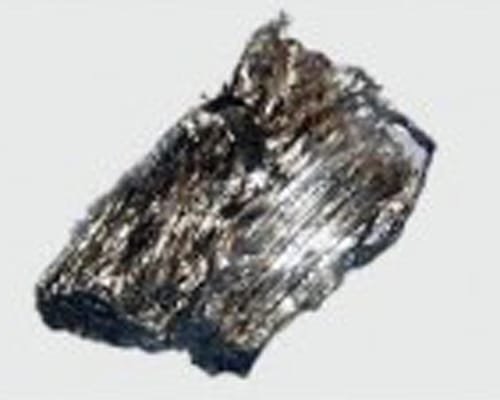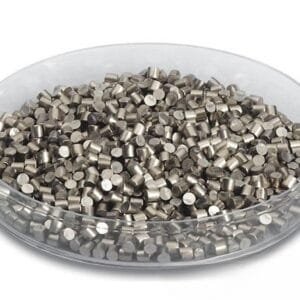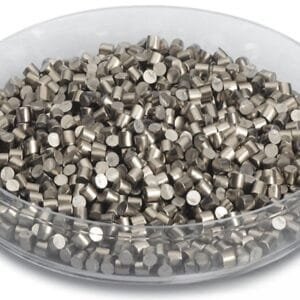Samarium Evaporation Material Description
Samarium is a silver-white metal with moderate hardness. Common samarium(II) compounds include SmO (samarium oxide), SmS (samarium sulfide), SmSe (samarium selenide), and SmTe (samarium telluride).
High-purity samarium evaporation materials are crucial for achieving high-quality deposited films in various deposition processes. TFM specializes in producing these materials with purities up to 99.99%, ensuring product reliability through stringent quality assurance practices.

Samarium Evaporation Material Specification
| Material Type | Samarium |
| Symbol | Sm |
| Color/Appearance | Silvery |
| Melting Point | 1072°C |
| Density | 7353 kg/m3 |
| Thermal Conductivity | 0.133 W·m-1·K-1 (25°C) |
| Electrical Resistivity | 88.0 nΩ·m (20 °C) |
| Synonyms | Sm Pellets, Sm Pieces, Sm Evaporation Pellet, Samarium Pellets, Samarium Pieces, Samarium Evaporation Pellet |
Samarium Evaporation Material Application
– Employed in deposition processes like semiconductor deposition, chemical vapor deposition (CVD), and physical vapor deposition (PVD).
– Used in optics for applications such as enhancing wear protection and creating decorative coatings.
Samarium Evaporation Material Packaging
We handle our samarium evaporation materials with great care to avoid any damage during storage and transportation. This meticulous approach ensures that the quality of our products is preserved in their original condition.
Get Contact
TFM offers samarium evaporation materials in a range of forms, purities, sizes, and price points. We specialize in high-purity e-beam evaporation materials, engineered for maximum density and minimal average grain sizes. For the latest pricing on evaporation pellets and other deposition materials not listed, please contact us directly.


 MSDS File
MSDS File



Reviews
There are no reviews yet.